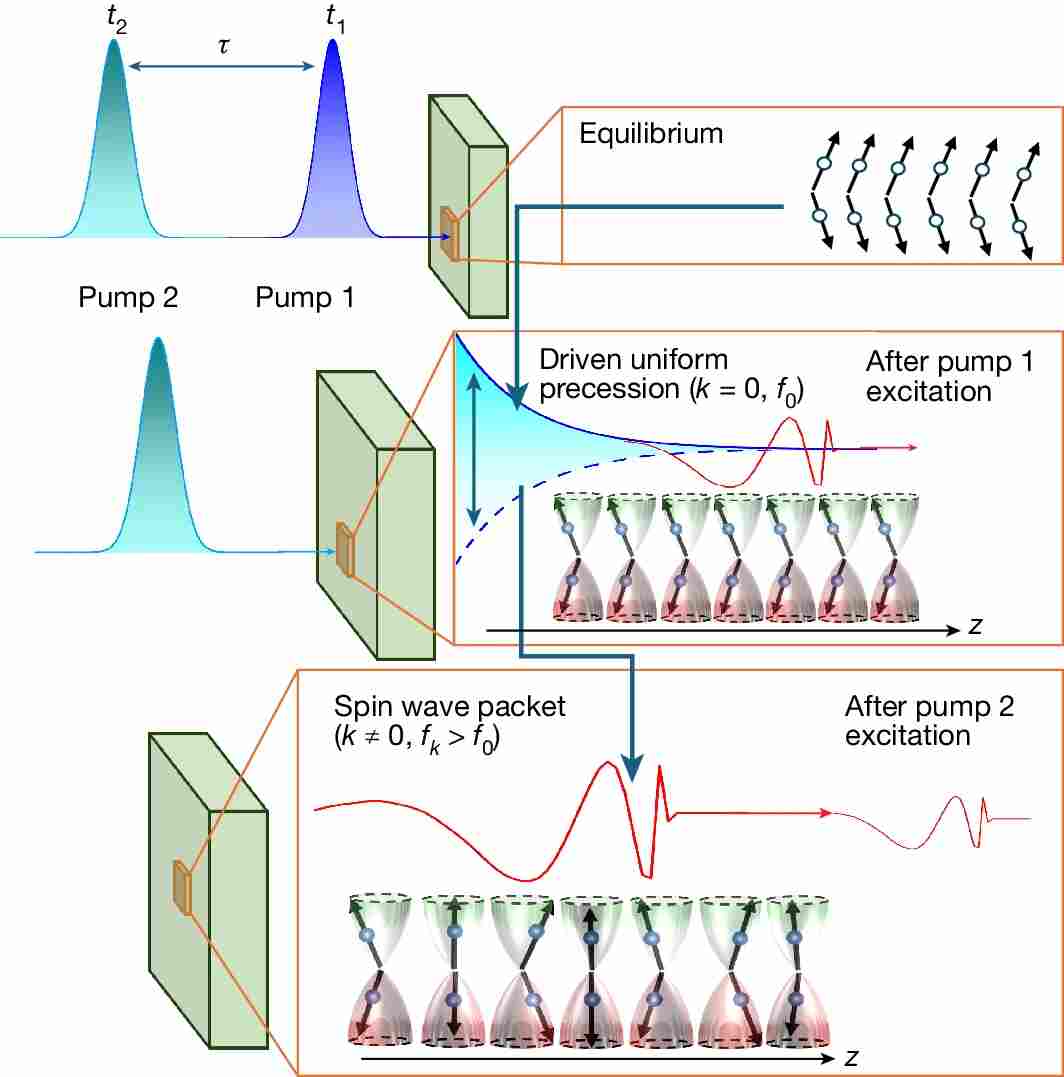THE LATEST
Landmark study claims advancements in energy-efficient quantum computing using magnets

A potential breakthrough or just empty promises?
Researchers from Lancaster University in England and Radboud University Nijmegen in the Netherlands claim to have achieved a major milestone in the field of quantum computing. According to their study, the team has successfully generated propagating spin waves at the nanoscale and discovered a potential pathway to modulate and amplify them. While this discovery has been hailed as a significant step towards energy-efficient quantum computing in magnets, some skeptics are questioning the actual feasibility and practicality of these claims.
Quantum computing is an increasingly sought-after technology due to its potential for faster and more energy-efficient computing devices. Traditional computing devices that rely on electric currents have long been plagued by energy losses and subsequent heating. This has prompted researchers to explore alternative methods, such as harnessing spin waves, or the spins of electrons, as a means of storing and processing information.
The lead author of the study, Dr. Rostislav Mikhaylovskiy from Lancaster University, believes that this discovery will be crucial for future spin-wave-based computing. According to him, spin waves are an attractive information carrier because they do not involve electric currents and, as a result, do not suffer from resistive losses. However, these claims are met with skepticism by some experts in the field.
One such skeptic raises doubts about the practicality of spin-wave-based computing. While the idea of using spin waves for quantum computing is intriguing, it's important to consider the scalability and stability of this approach. Creating and manipulating spin waves at the nanoscale is a significant achievement, but it remains to be seen whether it can be scaled up to practical supercomputers.
The researchers generated spin waves through the excitation of certain materials using extremely short pulses of light. These pulses have durations shorter than the period of the spin wave and result in high-frequency rotation of the spins. The team claims that by controlling the timing and interaction of multiple pulses, they were able to modulate and amplify the spin waves, thereby achieving control over their properties.
However, critics argue that the experimental setup used by the researchers may not accurately represent real-world conditions or address the challenges of scaling up the technology. They also point out the need for further research and independent verification of the results.
Dr. Ruben Leenders, former PhD student at Lancaster University and co-author of the study, emphasized the importance of the team's findings in terms of magnon-based data processing. He stated, "Our experiment is a landmark for spin wave studies and holds the potential to open an entirely new research direction on ultrafast coherent magnonics." Yet, some experts argue that such claims should be tempered until further evidence and practical implementations are demonstrated.
While the study is undeniably significant, the road to practical spin-wave-based supercomputing is still riddled with challenges. The research community eagerly awaits further studies to validate and expand upon these findings. Only time will tell if this landmark study is a true breakthrough or just another scientific hype.
